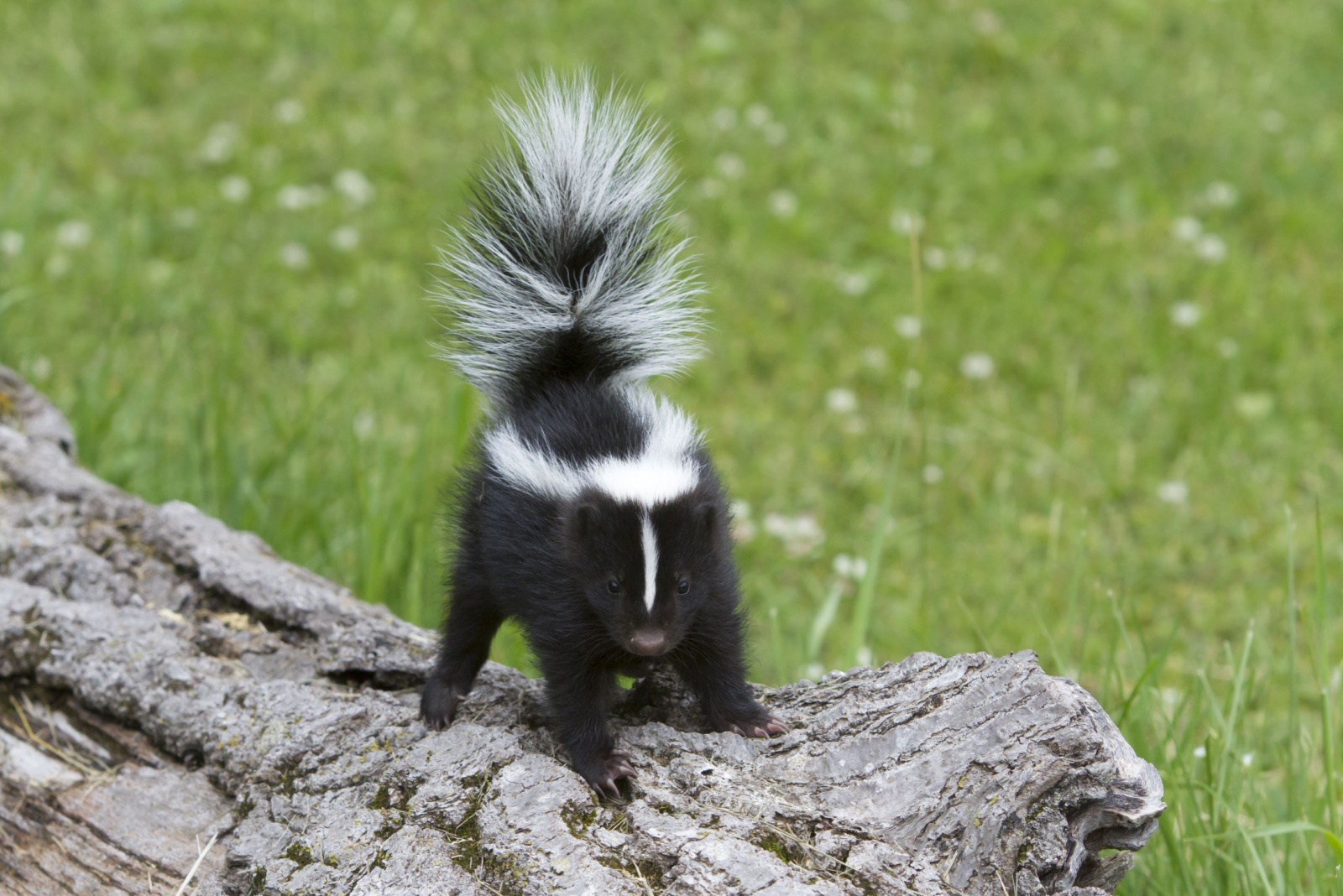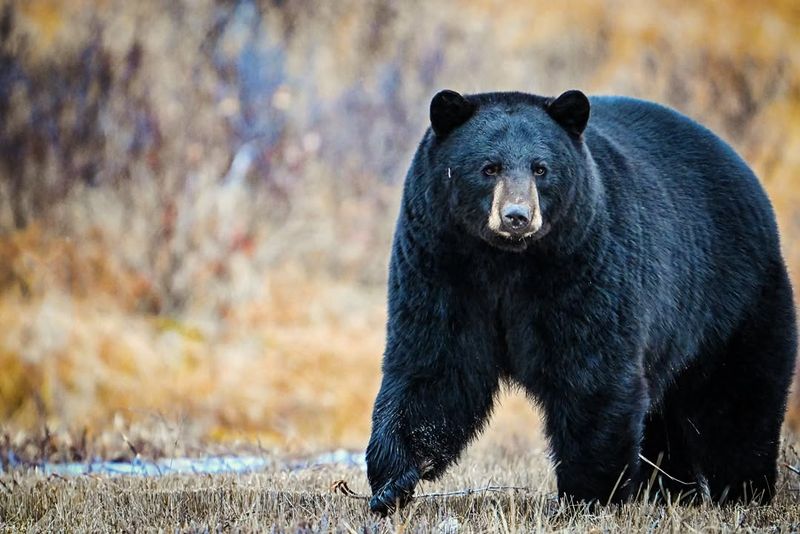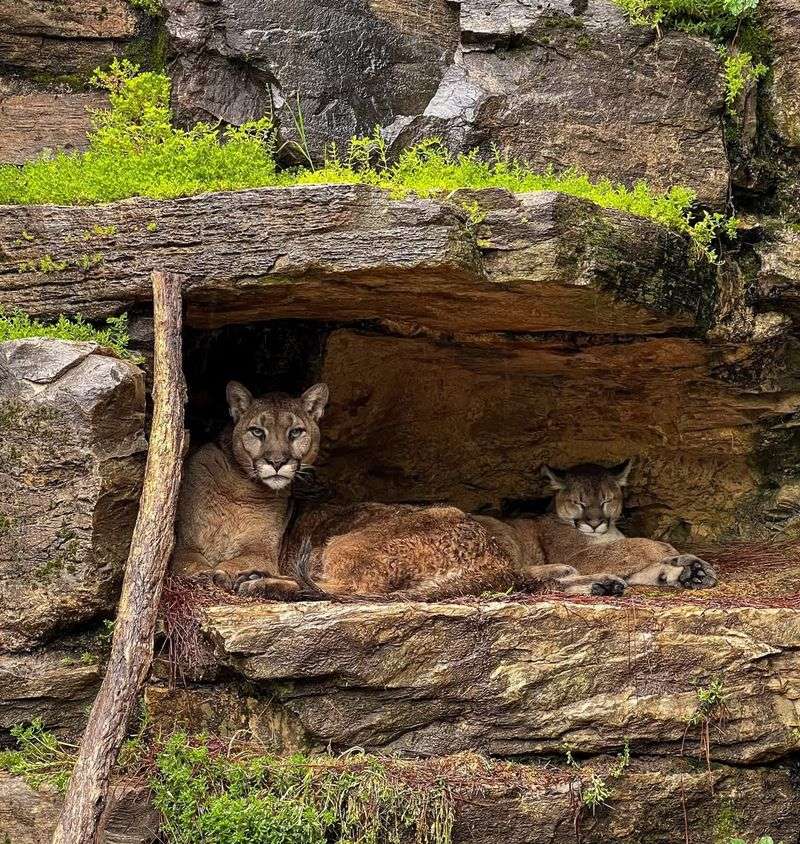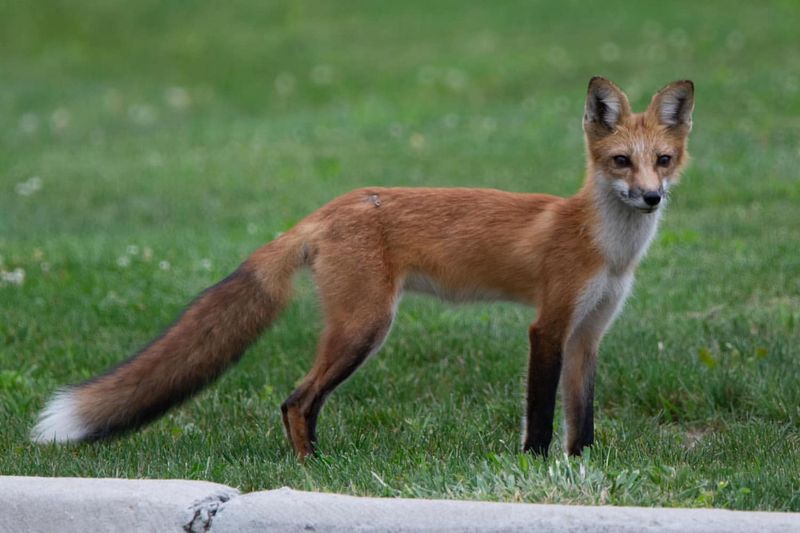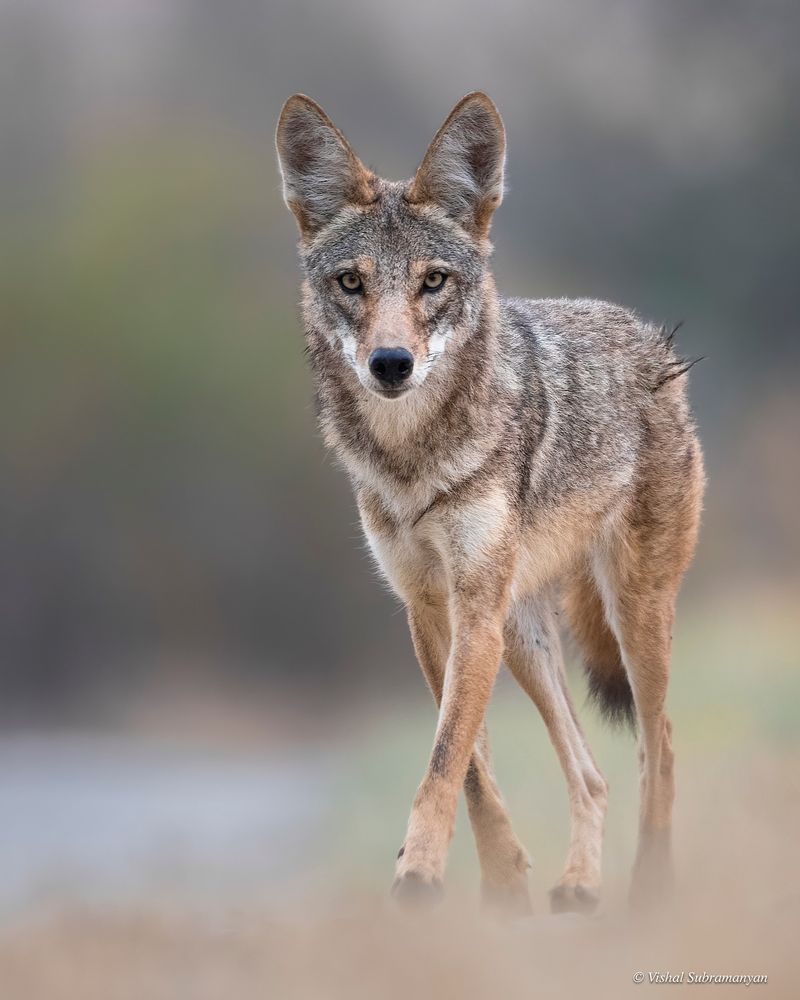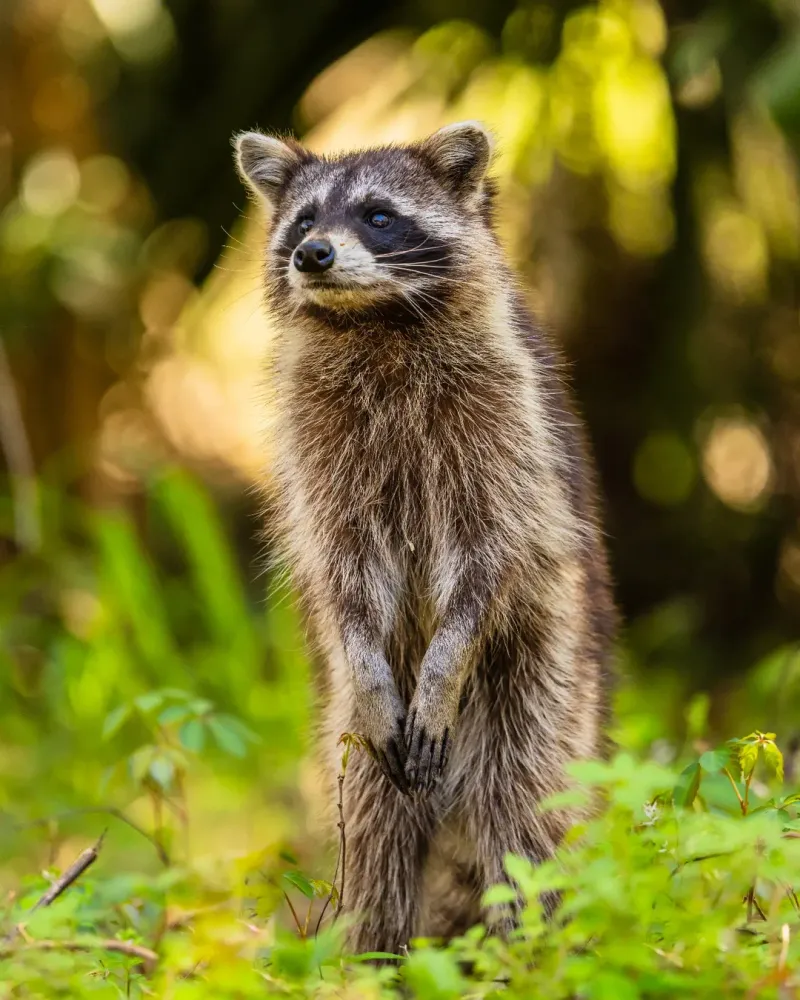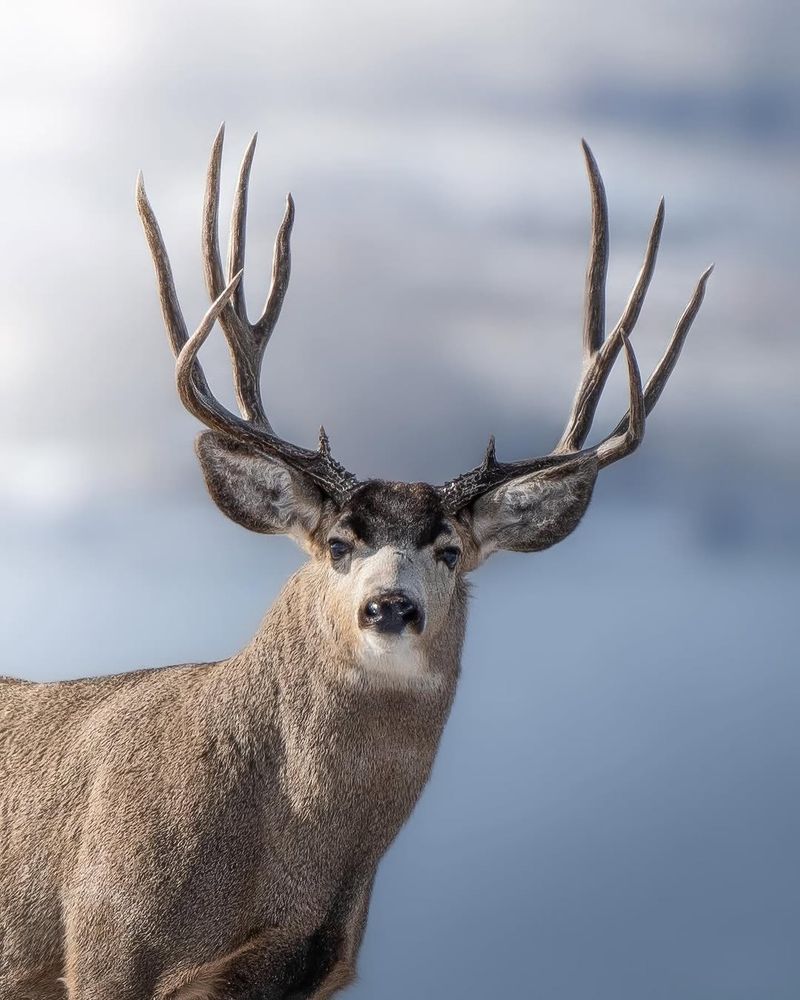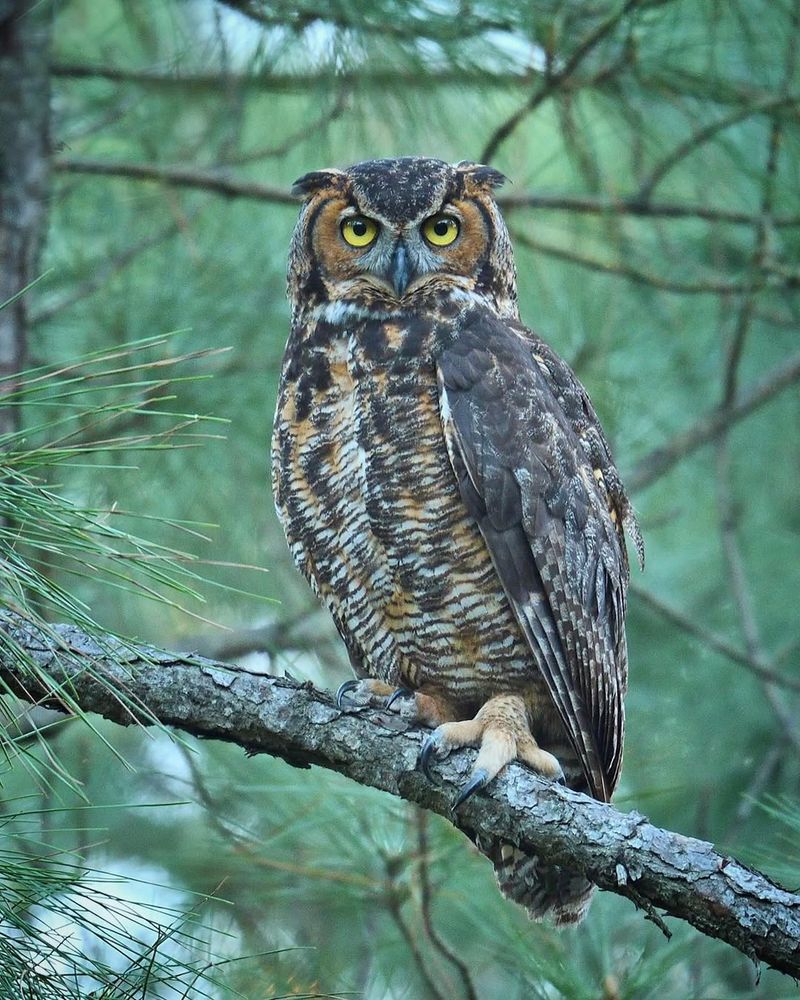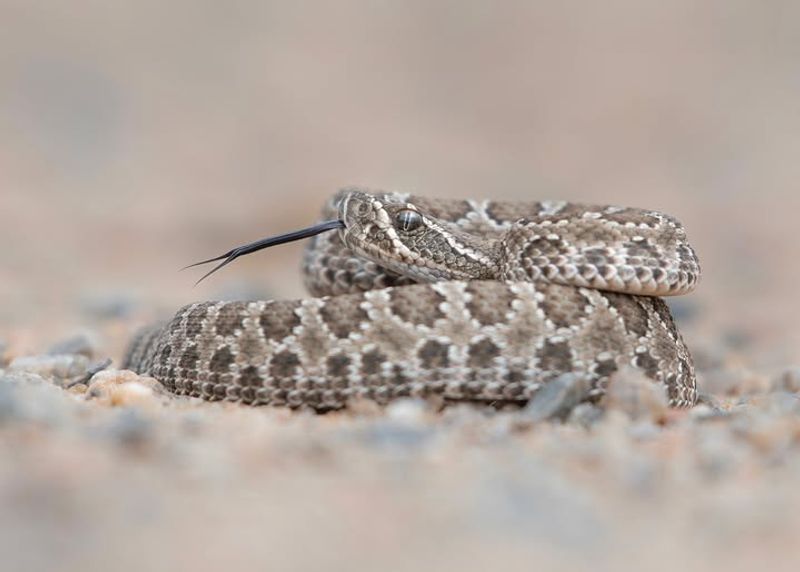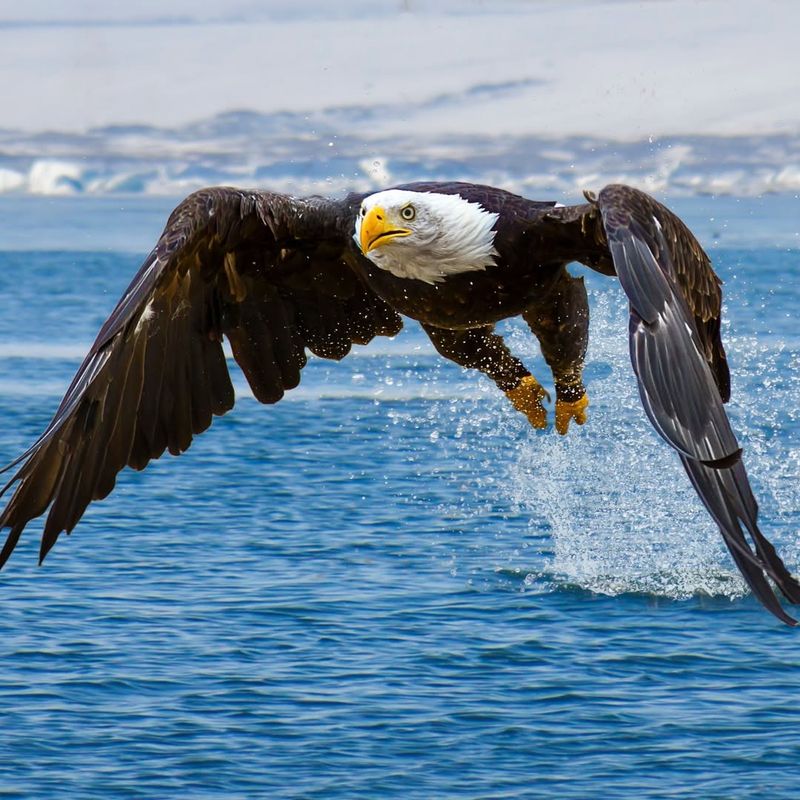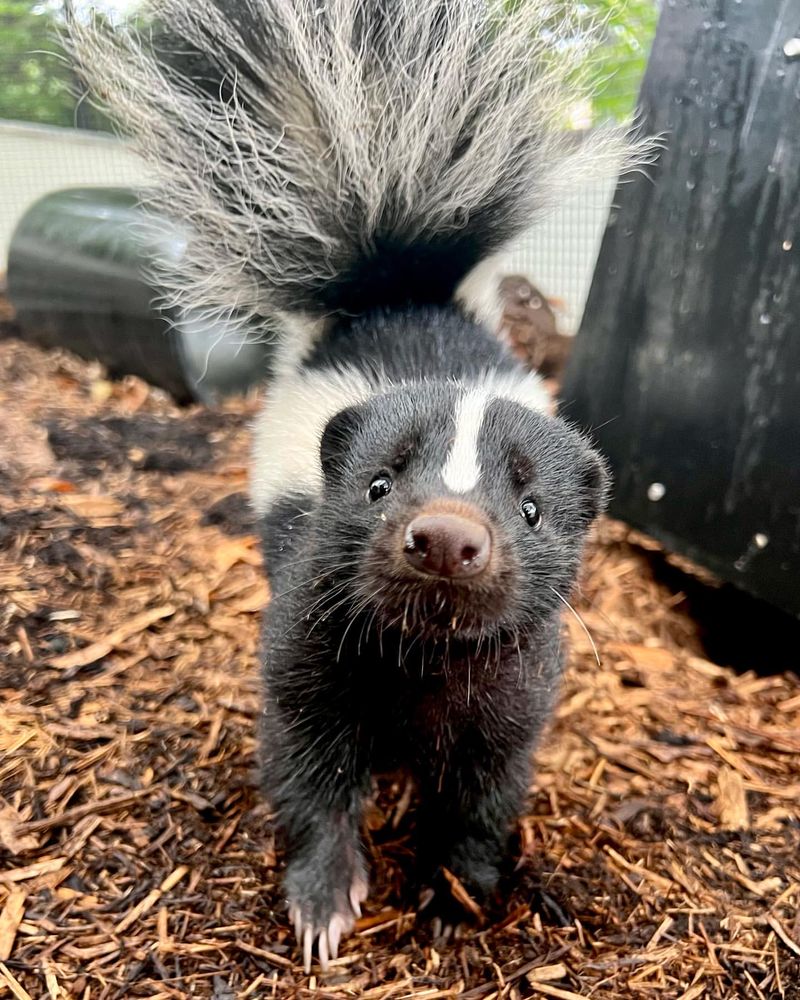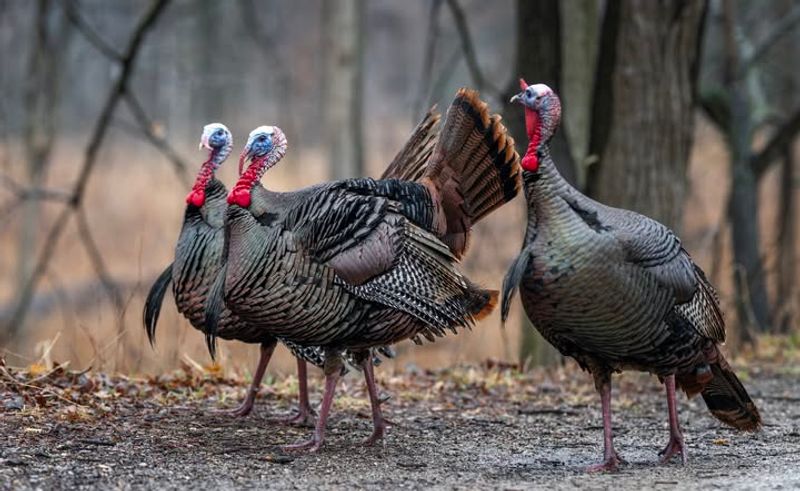Colorado’s cities aren’t just filled with people—they’re alive with wildlife too. From the foothills to quiet suburbs, animals have learned to thrive alongside us.
You might be surprised by what shows up after dark or settles into your trees. Foxes, raccoons, and even deer have made themselves at home in urban spaces.
I’ve found that a little awareness goes a long way. Sharing our neighborhoods with wildlife means learning to coexist—and appreciating the wild right outside our door.
1. Black Bears
Black bears have become regular visitors in Colorado cities, especially near mountain foothills. They’re drawn to trash cans, bird feeders, and fruit trees, making your backyard an all-you-can-eat buffet if you’re not careful.
These intelligent animals can open doors, climb fences, and remember where they found food before. Keep garbage secured in bear-proof containers and bring pet food indoors at night.
If you spot one, make yourself look big, speak firmly, and back away slowly—never run or play dead with black bears.
2. Mountain Lions
Mountain lions roam Colorado’s urban edges more often than most people realize. These powerful predators usually hunt deer but occasionally wander into neighborhoods searching for prey or new territory.
They’re most active during dawn and dusk hours. Keep small pets indoors during these times, and walk dogs on short leashes in areas near open space.
If you encounter one, don’t crouch or turn your back. Stand tall, wave your arms, shout loudly, and throw rocks if necessary to convince it you’re not prey.
3. Red Foxes
With their bushy tails and rusty coats, red foxes have made themselves quite comfortable in Colorado neighborhoods. They’re surprisingly adaptable and often den under sheds, porches, or in quiet corners of yards.
Foxes help control rodent populations, making them beneficial neighbors despite their wild nature. They’re generally shy around humans and pose little threat to people.
However, secure chicken coops and keep small pets supervised, as foxes are opportunistic hunters. They’re mostly nocturnal, so you’ll likely hear their distinctive barking calls at night.
4. Coyotes
Coyotes have thrived in Colorado cities, proving themselves master adapters to urban environments. You’ll hear their yipping choruses echoing through neighborhoods, especially during breeding season in winter and spring.
These clever canines hunt rabbits, rodents, and unfortunately, unsupervised cats and small dogs. Always supervise pets outdoors and walk them on leashes, particularly at dawn and dusk.
Coyotes rarely threaten humans but can become bold if fed. Practice hazing by yelling, clapping, or spraying water to teach them that humans mean trouble, not free meals.
5. Raccoons
Those masked bandits rummaging through your trash at midnight? Raccoons have become expert city dwellers across Colorado. Their nimble paws can open latches, unscrew lids, and solve surprisingly complex puzzles to reach food.
They’re nocturnal, so most encounters happen after dark when they emerge to forage. Raccoons can carry rabies and roundworm, so never approach or feed them.
Secure trash cans with bungee cords or locks, seal potential den sites under decks, and remove outdoor pet food before sunset to discourage visits.
6. Mule Deer
Mule deer are perhaps Colorado’s most visible urban wildlife, casually browsing through gardens like they own the place. Their large ears and gentle appearance make them seem harmless, but bucks can become aggressive during fall rutting season.
These herbivores consider your landscaping a personal salad bar, devouring flowers, shrubs, and vegetables with enthusiasm. Fencing needs to be at least eight feet tall to effectively keep them out.
During spring, does hide newborn fawns in yards. If you find one alone, leave it—mom is nearby and will return when you’re gone.
7. Great Horned Owls
The deep hooting that echoes through Colorado neighborhoods after dark belongs to great horned owls. These powerful nocturnal hunters have adapted brilliantly to city life, nesting in tall trees and hunting rabbits, squirrels, and other small animals.
With wingspans reaching five feet, they’re impressive to watch gliding silently between streetlights. They’re beneficial for controlling rodent populations around homes.
During nesting season in late winter, they become fiercely protective parents. If you’re walking near their nest tree, they might swoop uncomfortably close as a warning to back off.
8. Prairie Rattlesnakes
Finding a rattlesnake in your Colorado yard can be startling, but these reptiles are more afraid of you than you are of them. Prairie rattlesnakes sun themselves on warm rocks, patios, and driveways, especially during spring and fall.
They’re actually beneficial, controlling rodent populations that would otherwise explode. Most bites happen when people try to kill or handle them, so the best strategy is simply leaving them alone.
Keep grass trimmed short, remove rock piles and wood debris, and watch where you step during warm months. They’ll usually rattle a warning before striking.
9. Bald Eagles
Once endangered, bald eagles now soar over Colorado cities, particularly near lakes and reservoirs. Their return represents one of conservation’s greatest success stories, and spotting one never gets old.
These majestic raptors build massive nests in tall trees near water where they hunt fish. Urban parks with lakes have become prime eagle habitat, offering excellent viewing opportunities year-round.
Winter brings even more eagles to Colorado as northern populations migrate south. They’re most active in early morning, perching prominently in bare trees while scanning for fish or waterfowl below.
10. Skunks
That unmistakable smell wafting through your Colorado neighborhood at night? Skunks are common urban residents, though most people prefer experiencing them from a distance. They’re actually quite docile and only spray when threatened or startled.
Skunks dig small cone-shaped holes in lawns while hunting grubs and insects, which frustrates homeowners but helps control pest populations. They also den under porches, sheds, and decks.
If you encounter one, freeze and back away slowly. Sudden movements trigger their spray reflex. Secure trash, remove fallen fruit, and seal potential den sites to discourage them.
11. Wild Turkeys
Wild turkeys strut through Colorado neighborhoods in impressive flocks, sometimes blocking traffic or claiming yards as their territory. These surprisingly large birds have rebounded dramatically from near-extinction a century ago.
Males, called toms, become aggressive during spring breeding season, occasionally charging at their reflections in windows or car mirrors. They’re protecting territory from what they perceive as rival males.
Turkeys roost in trees at night and spend days foraging for seeds, insects, and vegetation. Don’t feed them—habituated turkeys become bold and potentially aggressive. Haze them with water or loud noises to encourage natural wariness.

